|
Read 13180887 times
Connect me to:
|
Eights Are ImportantFoods and Symbolism
Spring Volume: 2012 Issue: 19(1) page(s): 15 - 16
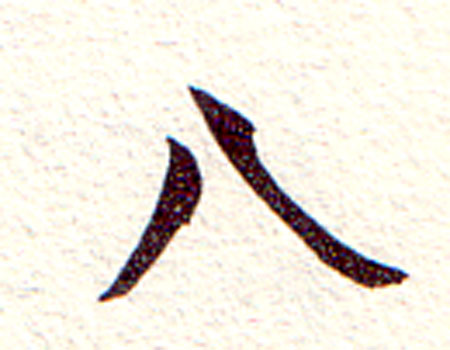 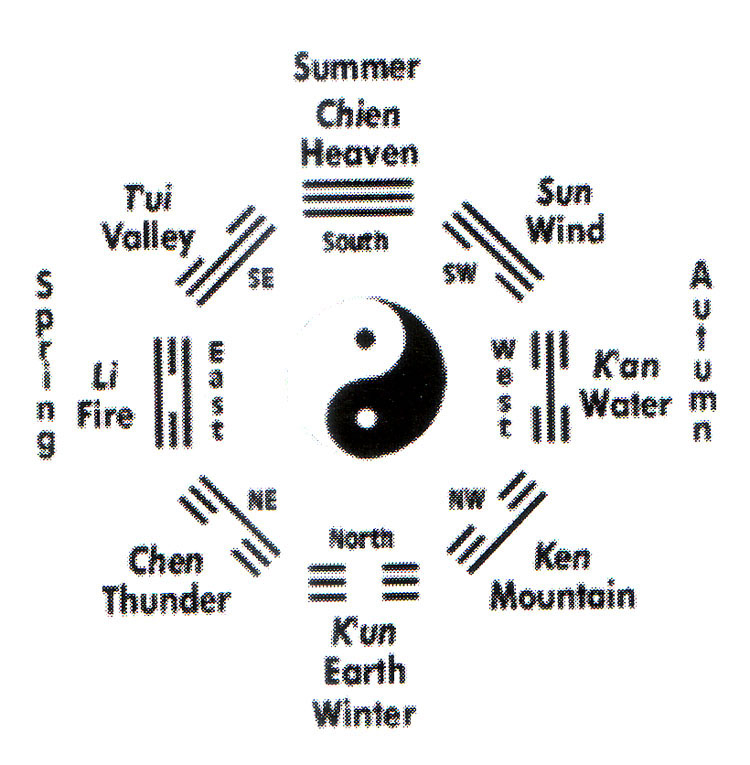 Like all even numbers, eight is feminine and a yin number. The life of every person is ruled by the number eight. What is meant by this? A child gets their baby teeth at eight months. At eight years they begin to loose almost all of them. At two times eight, the Chinese deem a person an adult. At eight times eight most can no longer procreate. These are some of the things they mean. Like all even numbers, eight is feminine and a yin number. The life of every person is ruled by the number eight. What is meant by this? A child gets their baby teeth at eight months. At eight years they begin to loose almost all of them. At two times eight, the Chinese deem a person an adult. At eight times eight most can no longer procreate. These are some of the things they mean.
On another scale, the Chinese believe there are eight pillars of heaven. In the Book of Rites and in the Li I, they speak of eight winds. Talking about erudite folk, they say scholars have and use eight symbols, the pearl, musical stone, money as coins, books, paintings, a rhinoceros horn, artemisia leaf sometimes called yarrow, and saints. There are eight treasure of Confucianism, eight Taoist beings known as the Eight Immortals, and eight treasures in Chinese art. Wonder about the latter, they are a the wish-granting pearl or baozhu, double lozenges or fangsheng, the stone chime or qing, a pair of rhinoceros horns which are xijiao, double coins or shuangqian, a silver or a gold ingot which is a ding, coral or shanhu, and a wish-granting scepter or ruyi. 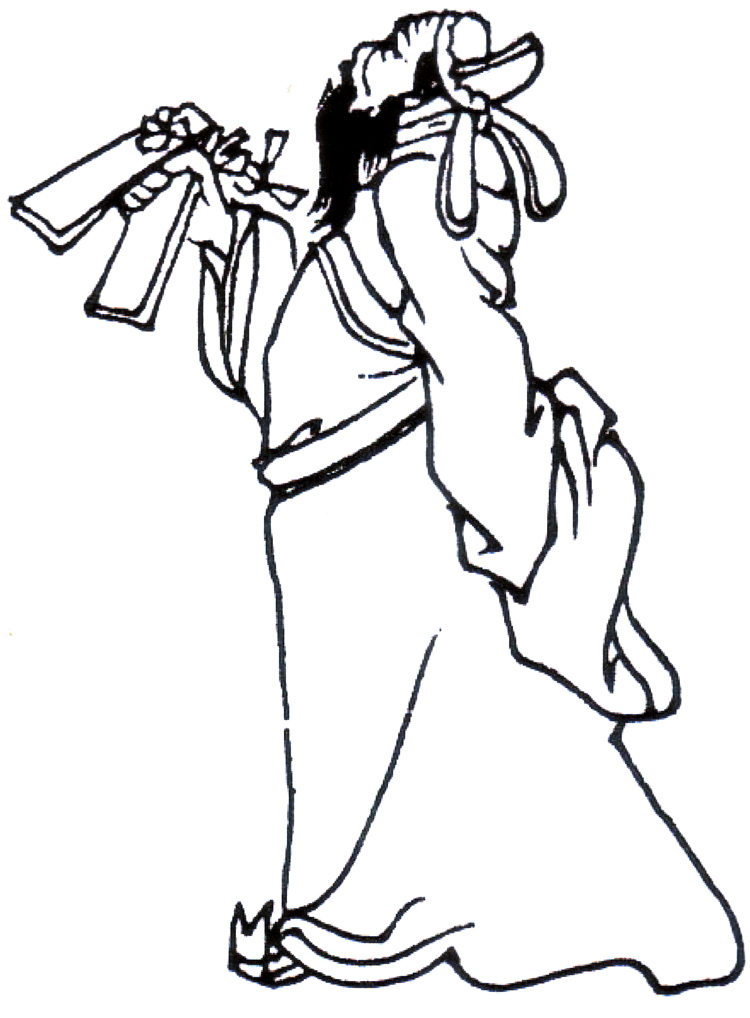 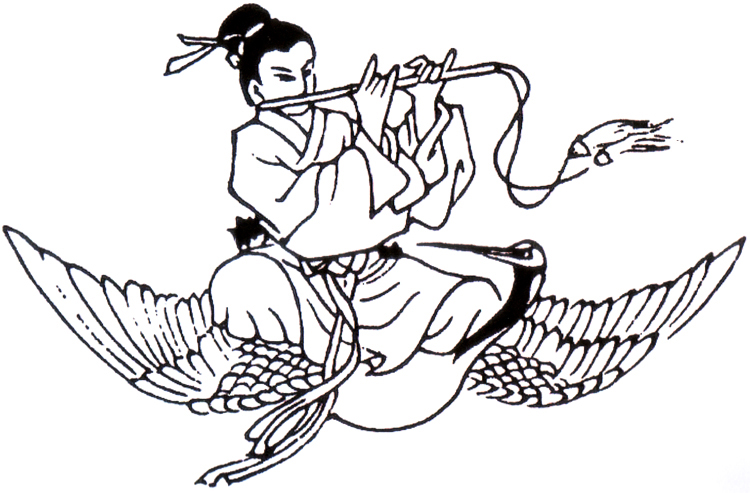 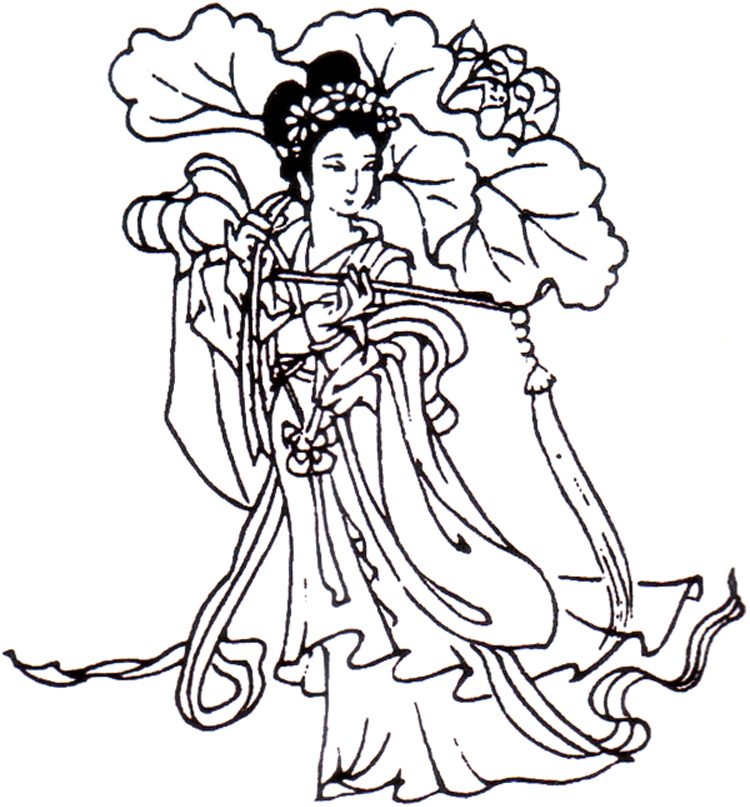 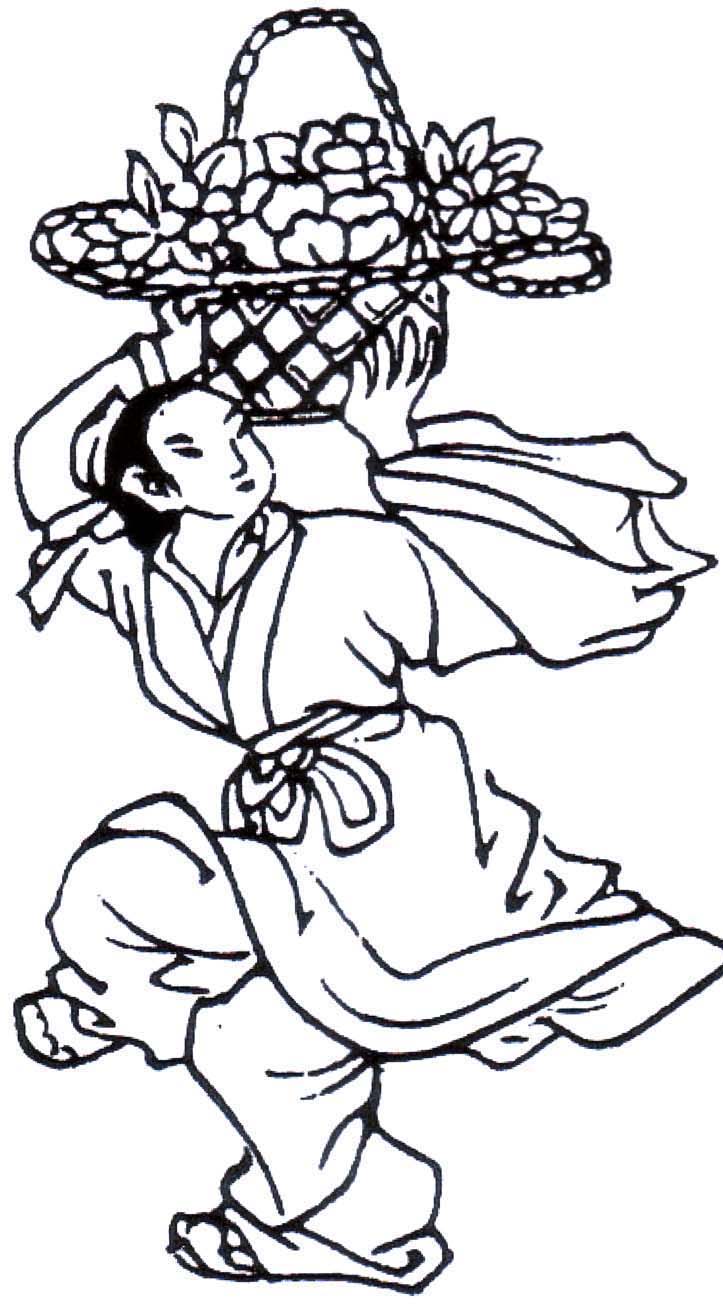 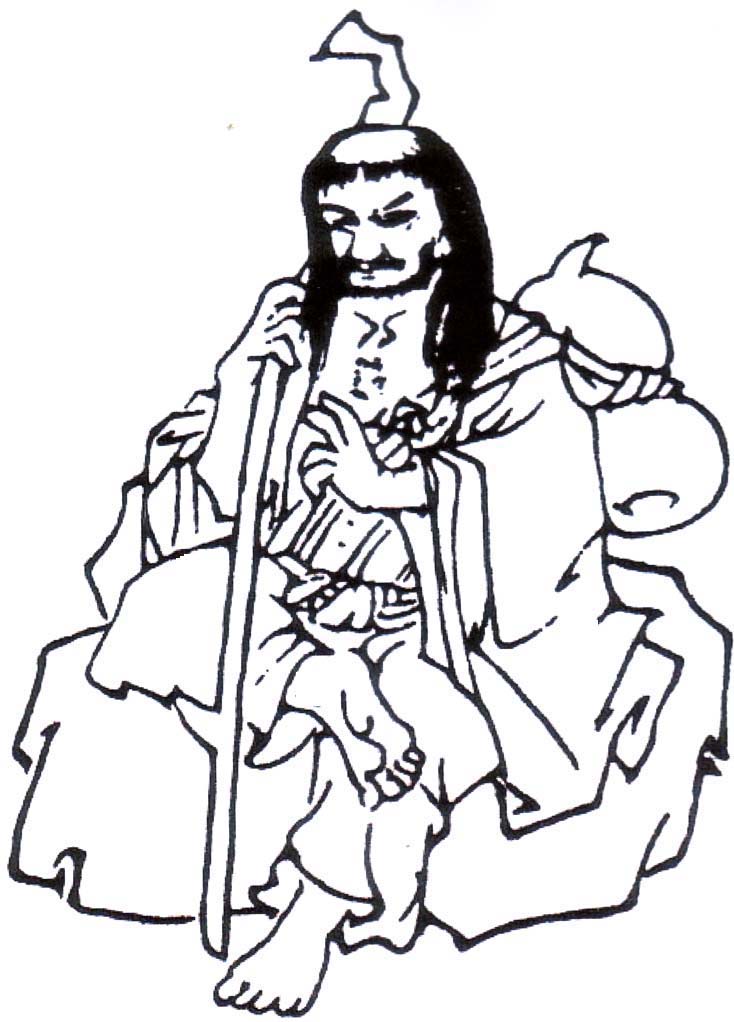 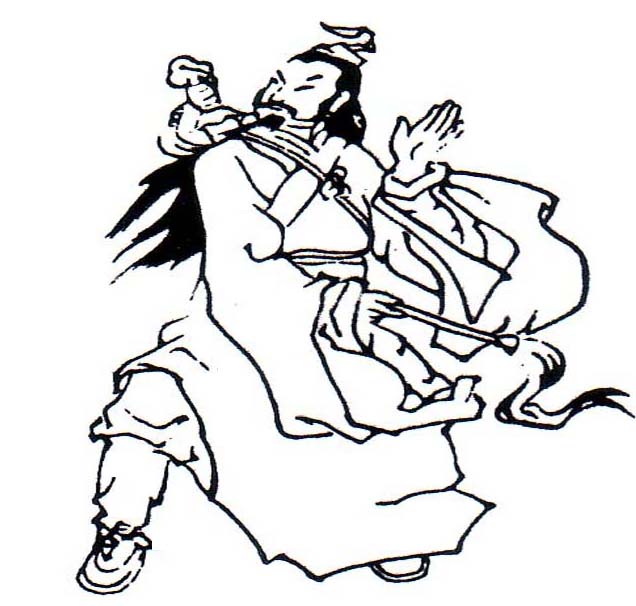 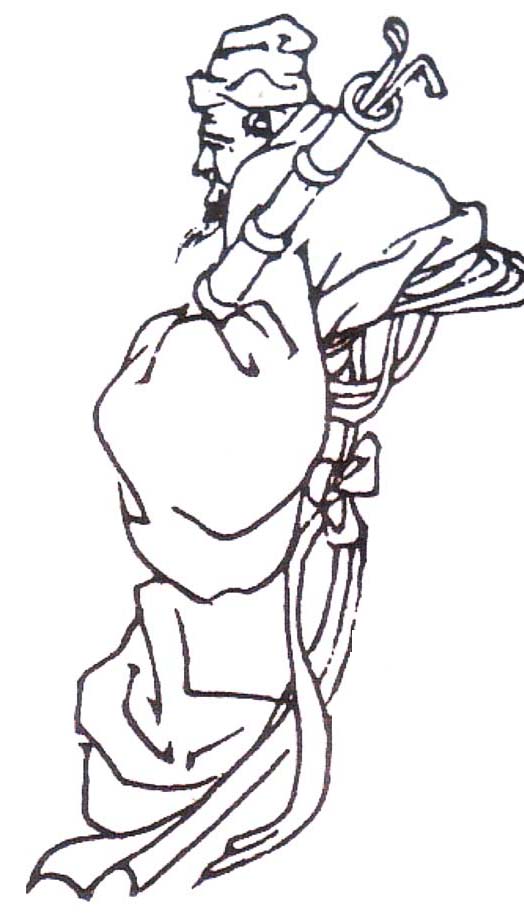 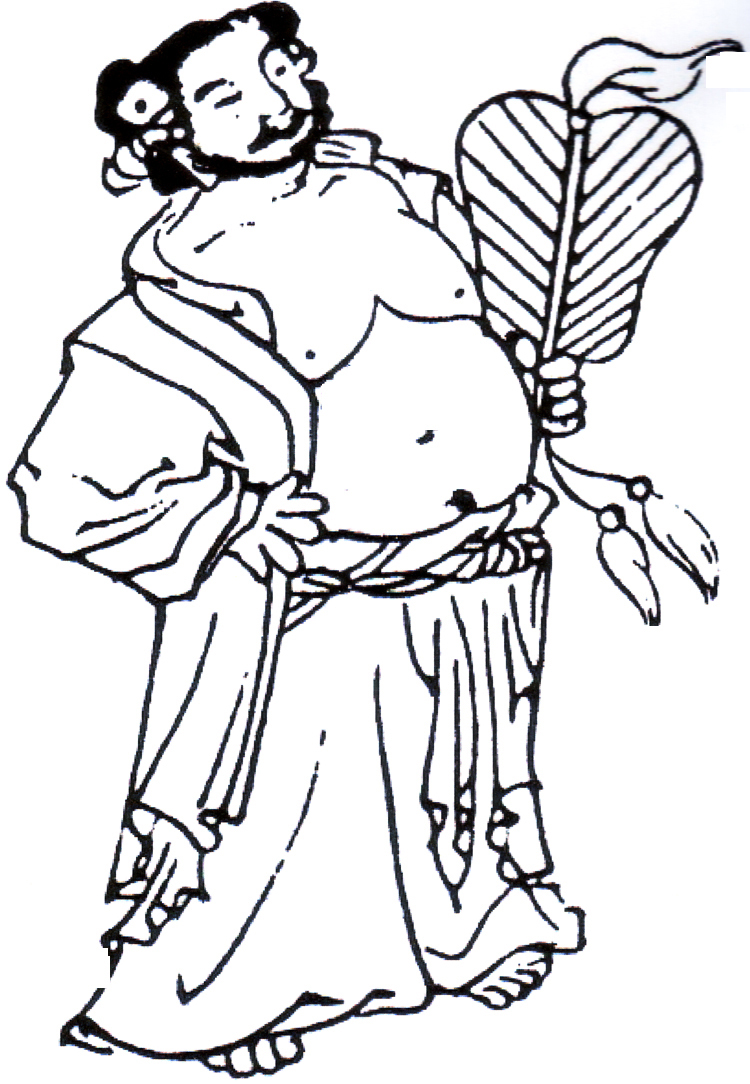 The Chinese believe the Eight Immortals gained their positions drinking the Elixir of Life. They are worshiped individually or as a group, and pictures of them are often found on teapots, fans, scrolls, other types of paintings, etc. Each one of them represents a different condition of life including: poverty, wealth, aristocracy, an ordinary person, youth, age, masculinity, and femininity. Discussed in Flavor and Fortune's Volume 12(1), they are Zhong Li Quan, the fat fellow with a big bare belly, Zhang Guo Lao who is the elder one who can become invisible, Lu Dong Bin who became immortal at age fifty and has a sword across his back, Cao Guo Jiu who holds castanets, Li Tie Guai who looks like a beggar leaning on an iron staff, Han Xiang Zi who carries a flute and makes flowers grow and bloom instantly, Lan Cai He who carries a flower basket, and He Xian Gu, the female immortal carrying a lotus in her hand. The Chinese believe the Eight Immortals gained their positions drinking the Elixir of Life. They are worshiped individually or as a group, and pictures of them are often found on teapots, fans, scrolls, other types of paintings, etc. Each one of them represents a different condition of life including: poverty, wealth, aristocracy, an ordinary person, youth, age, masculinity, and femininity. Discussed in Flavor and Fortune's Volume 12(1), they are Zhong Li Quan, the fat fellow with a big bare belly, Zhang Guo Lao who is the elder one who can become invisible, Lu Dong Bin who became immortal at age fifty and has a sword across his back, Cao Guo Jiu who holds castanets, Li Tie Guai who looks like a beggar leaning on an iron staff, Han Xiang Zi who carries a flute and makes flowers grow and bloom instantly, Lan Cai He who carries a flower basket, and He Xian Gu, the female immortal carrying a lotus in her hand.
For scholars, there are eight treasures; and in Taoism these are the fan, sword, bottle gourd, castanets, flower basket, bamboo cane, flute, and the lotus. The eight symbols of Buddhism include the sea cucumber, umbrella, canopy, lotus, vase, fish, knot, and the wheel of learning. There are other beliefs with their own eights such as eight elegant things including painting, calligraphy, the Chinese zither, the game of go, poetry, things floral, and the consumption of liquor, and there are still other sets of eights. There are eight Trigrams called ba gua arranged in various combinations of straight long and straight broken lines arranged circle-like. The continuous ones are male symbols, the broken ones female. This trigram or diagram is considered powerful and those who wear it know it saves them from misfortune. Once there were eight daily necessities, but one disappeared during early Yuan Dynasty times (1279 - 1368 CE). Chinese children now learn there are seven, and appropriate for this magazine, all relate to food and/or preparing it. The seven are firewood, rice, soy sauce, salt, vinegar, oil, and tea. That eighth or missing one was liquor. Scholars are amazed that an item that was then a state monopoly was deleted. Some believe the state was wise to do so as it really is not a necessity. Then, the state was touting ten top alcoholic beverages, all made with spring water. The number eight reminds of treasures of tea which include chrysanthemum, honeysuckle, licorice, red date, haw fruit, dried tangerine, rock sugar, and green teas whose medicinal properties decrease body heat, promote digestion, increase appetite, and relieve fatigue. Many agree about what these teas do, but these same folk differ on what the eight teas really are. One list includes chrysanthemum, date, rock sugar, and green tea, also the goji berry, longan, raison, and cloud ear fungi teas. Some venders in various countries sell the eight tea packets together, each measuring eight one-hundredths of an ounce. In China, each of them will weigh exactly twenty-five grams. There are eight things one needs to know about health. Depending upon who one speaks to, these can include yin and yang, qi, meridians, traditional Chinese medicine, Chinese herbology, qigong, meditation, feng shui, tai ji quan, Chinese alchemy, and classical Chinese medicine. In the area of cuisine, there are many lists of eight. The most popular are the Chinese Imperial cuisines. There are also eight regional cuisines and eight special Chinese ingredients. The latter can include tofu, noodles, soups, dim sum, breads, sausages, condiments, desserts, teas and herbal teas, and/or alcoholic beverages–also known as wines. There is an Chinese exercise routine known as the 'Eight Section Brocade.' Thought to be ancient dances, military drills, shamanistic rituals, and Taoist practices when King Ma lived during the western Han Dynasty (206 BCE - 24 CE). Documents about them were placed in his tomb at Mawangdui on the outskirts of Changsha in the Hunan Province. When excavating this tomb, the Chinese found many things including eight medical manuals and a silk scroll. The latter had forty-four poses and under each was the name of an animal or a disease that its posture might cure. Every one of them looked like items in the Eight Section Brocade. There are eight pillars of heaven in ancient cosmology, all connected to the eight directions, eight mountains, and eight gates. Through these gates come rain clouds with winds. There is the burning wind from the Northeast, the roaring wind from the East, the cheerful wind from the Southeast, storm winds from the South, cool winds from the Southwest, winds that last coming from the West, sharp winds coming from the Northwest, and cold winds come from the North. In past generations and today, the Chinese have indicated their food culture has eight important cuisines including those of Shandong, Guangdong, Sichuan, Hunan, Zhejiang, Jiangsu, Fujian, and Anhui. Many articles in Flavor and Fortune have been written about each of them; a few discuss them all. Check this magazine's index listings on its website at www.flavorandfortune.com and learn more about each of them. There are many other eights, items individual or shared. Make your own lists and share them with us. Many eights are revered by Taoists including the eight immortals said to live on islands in the Bohai Sea. Tourists, particularly Taoist ones go there to see if they can gain immortality. Want to join them?
Their pictures may be different sizes, but all are equally important.
|


 Like all even numbers, eight is feminine and a yin number. The life of every person is ruled by the number eight. What is meant by this? A child gets their baby teeth at eight months. At eight years they begin to loose almost all of them. At two times eight, the Chinese deem a person an adult. At eight times eight most can no longer procreate. These are some of the things they mean.
Like all even numbers, eight is feminine and a yin number. The life of every person is ruled by the number eight. What is meant by this? A child gets their baby teeth at eight months. At eight years they begin to loose almost all of them. At two times eight, the Chinese deem a person an adult. At eight times eight most can no longer procreate. These are some of the things they mean.






 The Chinese believe the Eight Immortals gained their positions drinking the Elixir of Life. They are worshiped individually or as a group, and pictures of them are often found on teapots, fans, scrolls, other types of paintings, etc. Each one of them represents a different condition of life including: poverty, wealth, aristocracy, an ordinary person, youth, age, masculinity, and femininity. Discussed in Flavor and Fortune's Volume 12(1), they are Zhong Li Quan, the fat fellow with a big bare belly, Zhang Guo Lao who is the elder one who can become invisible, Lu Dong Bin who became immortal at age fifty and has a sword across his back, Cao Guo Jiu who holds castanets, Li Tie Guai who looks like a beggar leaning on an iron staff, Han Xiang Zi who carries a flute and makes flowers grow and bloom instantly, Lan Cai He who carries a flower basket, and He Xian Gu, the female immortal carrying a lotus in her hand.
The Chinese believe the Eight Immortals gained their positions drinking the Elixir of Life. They are worshiped individually or as a group, and pictures of them are often found on teapots, fans, scrolls, other types of paintings, etc. Each one of them represents a different condition of life including: poverty, wealth, aristocracy, an ordinary person, youth, age, masculinity, and femininity. Discussed in Flavor and Fortune's Volume 12(1), they are Zhong Li Quan, the fat fellow with a big bare belly, Zhang Guo Lao who is the elder one who can become invisible, Lu Dong Bin who became immortal at age fifty and has a sword across his back, Cao Guo Jiu who holds castanets, Li Tie Guai who looks like a beggar leaning on an iron staff, Han Xiang Zi who carries a flute and makes flowers grow and bloom instantly, Lan Cai He who carries a flower basket, and He Xian Gu, the female immortal carrying a lotus in her hand. 